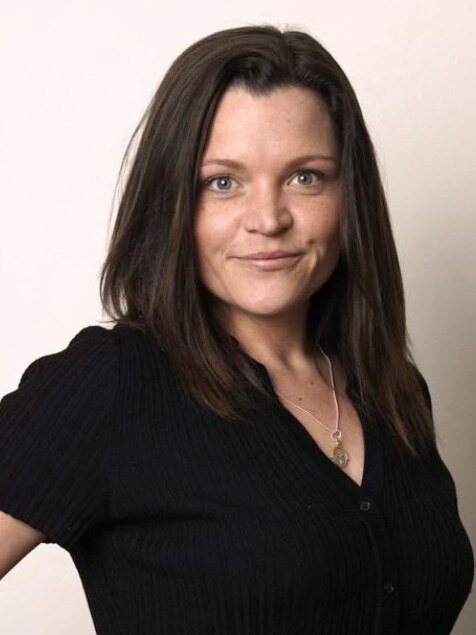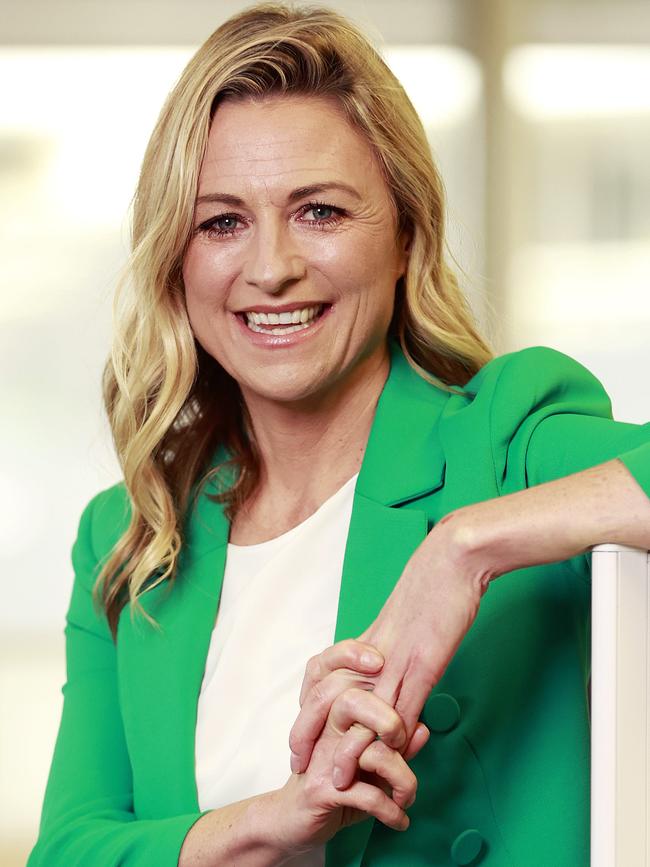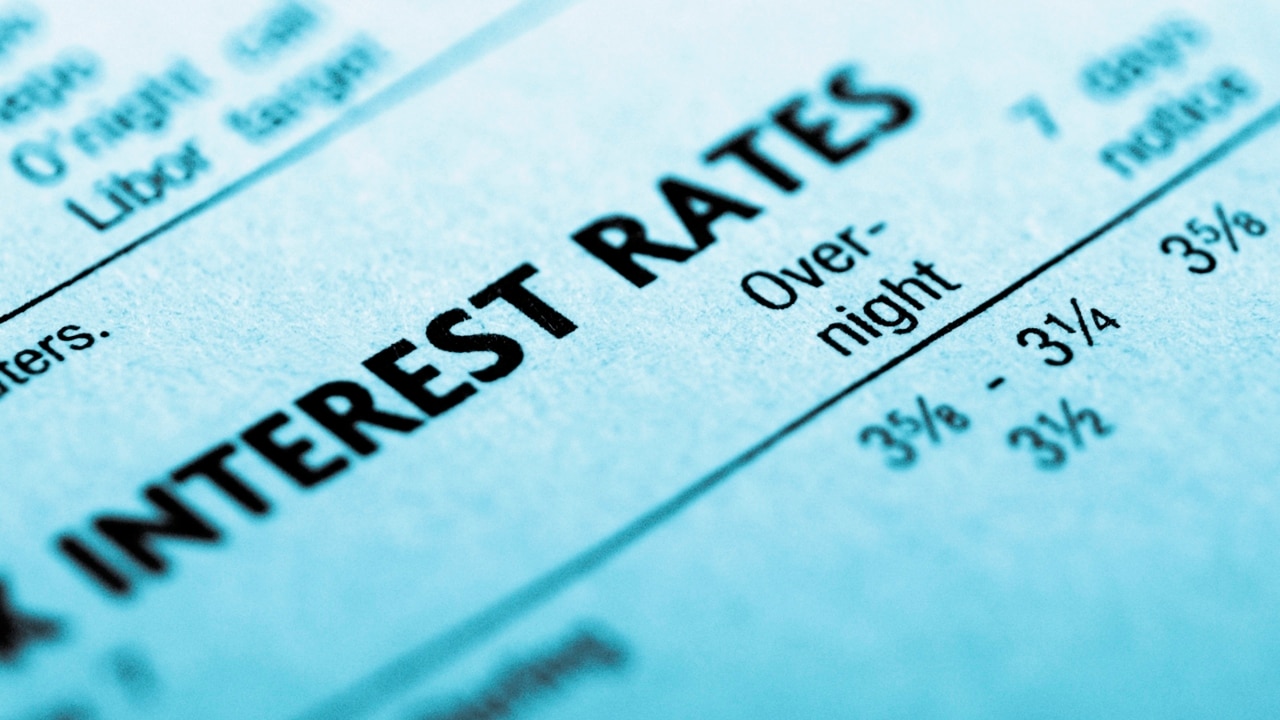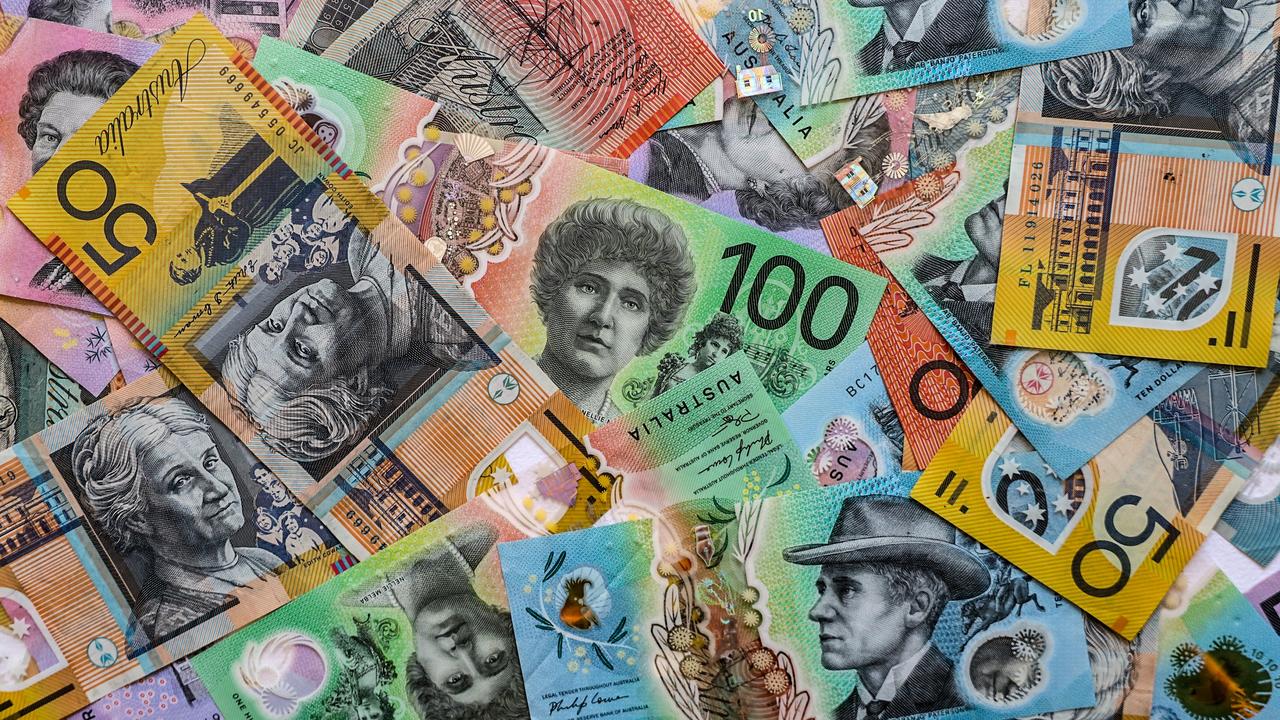Household debt pain up as rate rises bite budget black holes
Dangerous debts are not usually your biggest ones. See how your loans compare, and how experts say you can ditch debt fast.

Owing money has become a painful practice in the past couple of years as interest rate rises sent debt repayment costs spiralling skywards.
Home loan repayments for a typical loan now cost almost two-thirds more than they did in May 2022, before the Reserve Bank of Australia announced the first of 13 official interest rate rises.
However, while mortgages are our biggest debts they are usually not the most dangerous ones, money specialists say, and not all debt is equal.
Good debt is money borrowed to buy investments, bad debt is loans for consumer goods that reduce in value over time, and some debts are a bit of both, such as mortgages and study loans.
Canstar data insights director Sally Tindall says the biggest home loan positives are a home’s growing value over time and the sense of security it provides.
“But that all said, it’s important to knock that one down as fast as possible, so you will not have to pay a mortgage or rent,” she says.


Tindall says credit card debt is “one of the main culprits in terms of being able to throw your finances into a tailspin”.
“If you are using a credit card to plug a recurring hole in your budget, the very next month you will have to repay last month’s budget black hotel, this month’s budget black hole and potentially interest on top of it,” she says.
Tindall says buy now, pay later debts also “can throw a spanner into your finances”, as can good debts such as study loans.
“With HELP debts it’s important to invest in yourself and your education … but if you can’t pay it off before getting a home loan you might find it eats into your borrowing ability,” she says.
Tindall’s top tips for repaying debt fast include understanding the types of loans and products you have, and focusing on paying off debt with the highest interest rate first.
“Credit card debt is usually the first place that people start,” she says.
“Focus on that as quickly as you can, even if it means extreme cutbacks in day-to-day spending. Set yourself challenges.”
Tindall says aim to maximise every dollar, potentially using mortgage offset accounts, and work out whether you are in the lowest-rate and lowest-fee products possible.
“You don’t want to be shelling out more interest and fees to your bank than is absolutely necessary,” she says.
Seek professional help, perhaps from the National Debt Helpline or other experts, to help develop a strategy to cut debt fast, Tindall says.
Mozo spokeswoman Rachel Wastell says while mortgages are the biggest debts, credit cards and personal loans are often more concerning for budgets.
“Consumer debts usually have higher rates that can fluctuate faster and potentially spiral out of control due to compounding interest,” she says.
“However, this isn’t to say mortgages don’t cause financial stress and aren’t a concerning form of debt. For example, when a rate hiking cycle occurs – as it has over the past two years – Australians with variable rate mortgages can be on the hook for hundreds of dollars more a month in repayments.”

Wastell says big mortgages can make people asset rich but cash poor. “This is when a borrower has most or all of their personal wealth tied up in the property, and is unable to access it to cover the increasing cost of everyday expenses.”
Her top debt reduction tips are:
• Prioritise repaying high-interest debt.
• Cut back on non-essential spending.
• Increase your income from different sources such as side hustles and selling second-hand goods.
• Consolidate debt or refinance.
“Consolidating multiple personal loans into a single loan, consolidating multiple credit cards using a balance transfer card, or refinancing your mortgage into a lower rate loan can help you reduce the amount of interest you pay overall and make debt repayments more manageable,” Wastell says.
Estimated average debts
• New home loan $641,000
• Credit card $2900
• New personal loan $22,600
• HELP (HECS) $26,500
• Buy now, pay later $900
• Margin lending $198,000
Source: RBA, ABS, Canstar, Mozo, Money.com.au
Originally published as Household debt pain up as rate rises bite budget black holes



